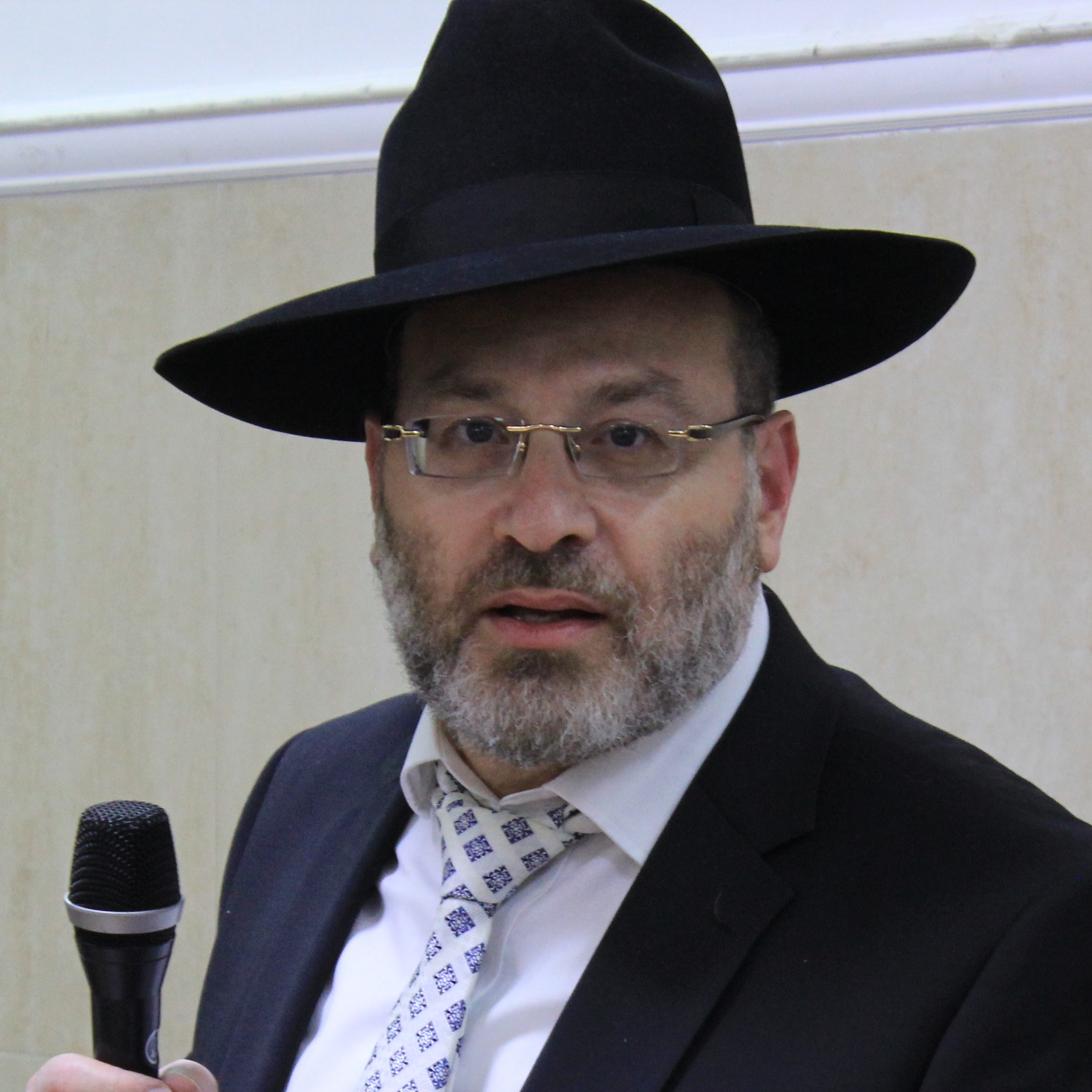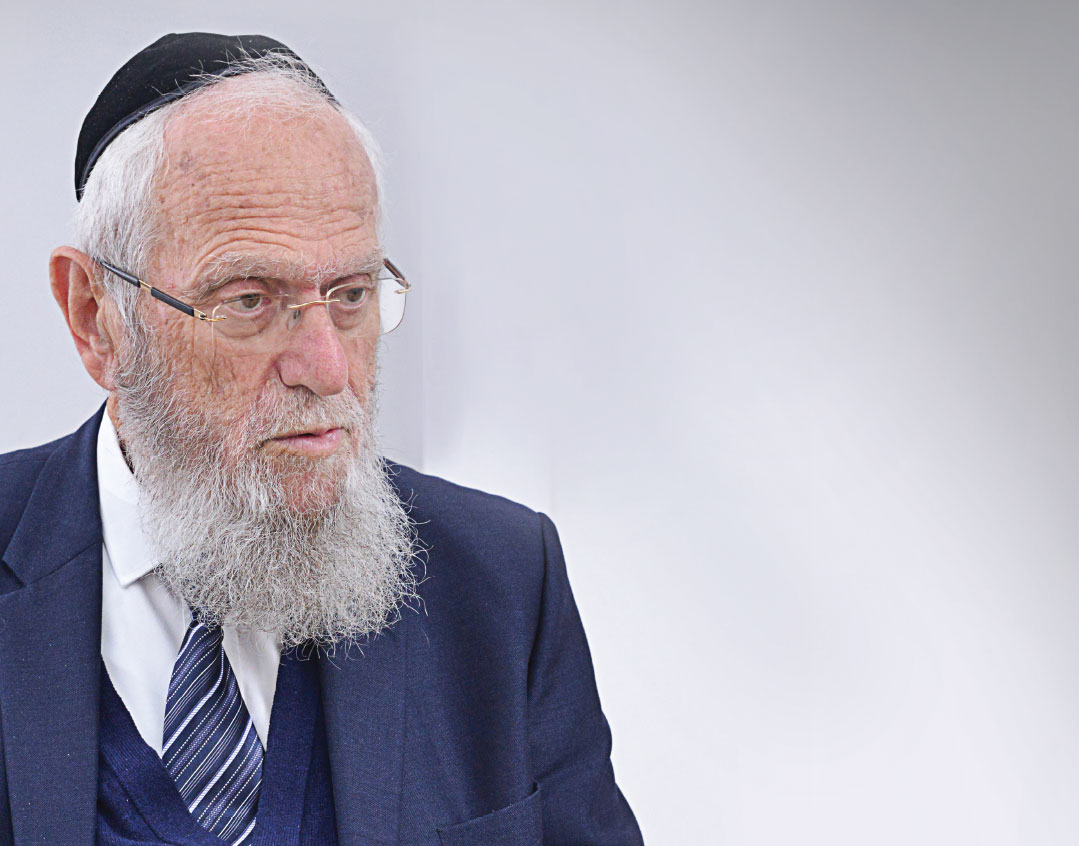Half a Century of Halachah


Dayan Moshe Aharon Kurtstag never expected to leave his Jerusalem beis medrash for far-off Johannesburg of the 1960s. Now back in Eretz Yisrael 50 years later, he’s left behind a thriving Torah kehillah and a strong, centralized beis din

Photos: Pinchas Emanuel
I
f you were to observe Rav Moshe Aharon Kurtstag walking down a Jerusalem street, you’d see a tall, imposing Torah scholar, a graduate of Yeshivas Chevron surrounded by children and grandchildren true to his values, many of them learning in Chevron too. You might find it hard to fathom that this Israeli-born-and-educated man spent half a century of his life in far-off South Africa, taking a leading role in a community he found utterly foreign. But to the Jews of South Africa, Dayan Kurtstag was clearly a Heaven-sent emissary who took a leadership role at a critical juncture for the community.
Now he’s back where it all started, looking back on a life’s journey he never envisioned, never planned, and wasn’t even sure he wanted. But in hindsight, it all makes sense. “Hashem plucked me out of Bnei Brak and put me where I needed to be,“ he says.
Found in Chevron
It’s a long way from Poland to Johannesburg. As Dayan Kurtstag traces the family history, a colorful multitude of faces, figures, and passionate ideals take their turns in the spotlight, propelling him toward a calling he could never have imagined.
Moshe Aharon Kurtstag was born in Tel Aviv to parents who’d escaped Poland shortly before the Holocaust. His father, Yehoshua Gershon, a passionate religious Zionist, made his way to Palestine first. Once there, he obtained immigration papers for Tova Neiman, a student of Sarah Schenirer who resisted her family’s doubts and fears and joined him in the Holy Land, where they married.
After attending the Talmud Torah Hahistadrut Hachareidit and Yeshivat Hayishuv Hachadash in Tel Aviv, young Moshe Aharon continued to Yeshivas Chevron, then situated in Jerusalem’s Geulah neighborhood. Fellow students included Rav Nosson Zochovsky and Rav Moshe Shapira ztz”l.
The yeshivah consisted of just 250 boys at the time, but its character was already apparent.
“If you wanted to learn, it had all the facilities to make that happen; if you didn’t, it had the facilities for that too,” he remembers with a wry smile. “I remember that there was tremendous tension in 1956 during the Suez Crisis. Some boys with more modern backgrounds had the feeling that they couldn’t go on learning when the country was in crisis and left to join the army. Others remained in yeshivah. I was one of those who remained.”
Moshe Aharon formed a close relationship with Rav Simcha Zissel Broide. That relationship eventually led to his shidduch with Batya Aloy, whose father, Rav Yirmiyahu Aloy, was a rav in Johannesburg, South Africa.
“Rav Aloy’s oldest daughter married Reb Shalom Ber Gur-Arye, a promising talmid chacham and son of Rav Moshe Gur-Arye of Tel Aviv,” Dayan Kurtstag says. “His second daughter — who eventually became my wife — wanted a husband who was a talmid chacham, and her father took her to look for a chassan in Gateshead, in America, and in Eretz Yisrael. Rav Aloy remembered how Rav Elya Lopian came from Mir to England together with his daughter to find her a shidduch as well and followed that example.
“When they came to Eretz Yisrael to look for a chassan, they spent a few days at the home of Rav Tzvi Broide (Rav Simcha Zissel’s brother) who was a relative of my sister-in-law. That’s how Rav Simchah Zissel saw Batya and thought of me. I knew some English, since I had taken the bagrut matriculation exams, and Batya knew Hebrew — she actually taught the subject in South Africa. So, we met and got engaged.”
The Litvak Gene
For Rabbi Kurstag’s father, an ardent Zionist, the South African shidduch presented a problem — he had to be persuaded to leave his beloved country to attend the wedding. But there was no question that the young couple would be making their home in Eretz Yisrael.
Dayan Kurtstag still remembers his own shock at his first encounter with South African Jewry. “That first Shabbos after my wedding, I went with my father-in-law to the shul where he served as rav. It was a large Orthodox shul, but I couldn’t believe how many cars were pulling up on Shabbos. Who had I married, I wondered, the daughter of a Reform rabbi?”
It was only when he and his wife came to live in South Africa — after five years living in Eretz Yisrael and not being blessed with children — that he got a better understanding of the unique character of the community.
“South Africa had a very interesting Jewish community,” he says. “I call it the Litvak gene. There is an abiding respect for Torah, no matter how little halachah a person keeps. I remember a fellow who’d learned in the great Lithuanian yeshivos before coming to South Africa. When I met him, he was no longer frum — but nothing made him more excited than hearing a good shtickel Torah. There was another man who left the path of Torah so completely that he didn’t even keep Shabbos. Then he returned and wrote a lomdishe sefer!
“I remember some people would attend Shabbos morning davening then go straight to work. Then, there was a friend of my father-in-law’s from yeshivah, no longer mitzvah-observant but who would attend a regular shiur, and one night, he mentioned that he had yahrtzeit. So, he took the amud for Maariv and began davening with such intensity that he began to cry. This man had come to South Africa to be a shochet but somehow wound up dropping everything. These people — they didn’t keep Shabbos, but they had great respect for yeshivos and rabbanim.”
Yeshivah fundraisers knew they’d always received a warm welcome in South Africa, whose Jews had great respect for rabbanim and for Torah learning. Yeshivas Ponevezh, for example, was built with South African money.
The fruits of that abiding respect for tradition and for Torah blossomed years later, when the children and grandchildren of this nonobservant yet Orthodox-affiliated generation returned to observance in astounding numbers.
“Virtually everything you see today in South Africa,” Dayan Kurtstag says, “comes from parents who were not particularly frum — but felt eminently comfortable in an Orthodox shul. We saw all these families pulling up to shul in their cars; now their grandchildren are learning in the Mir.”
Oops! We could not locate your form.












